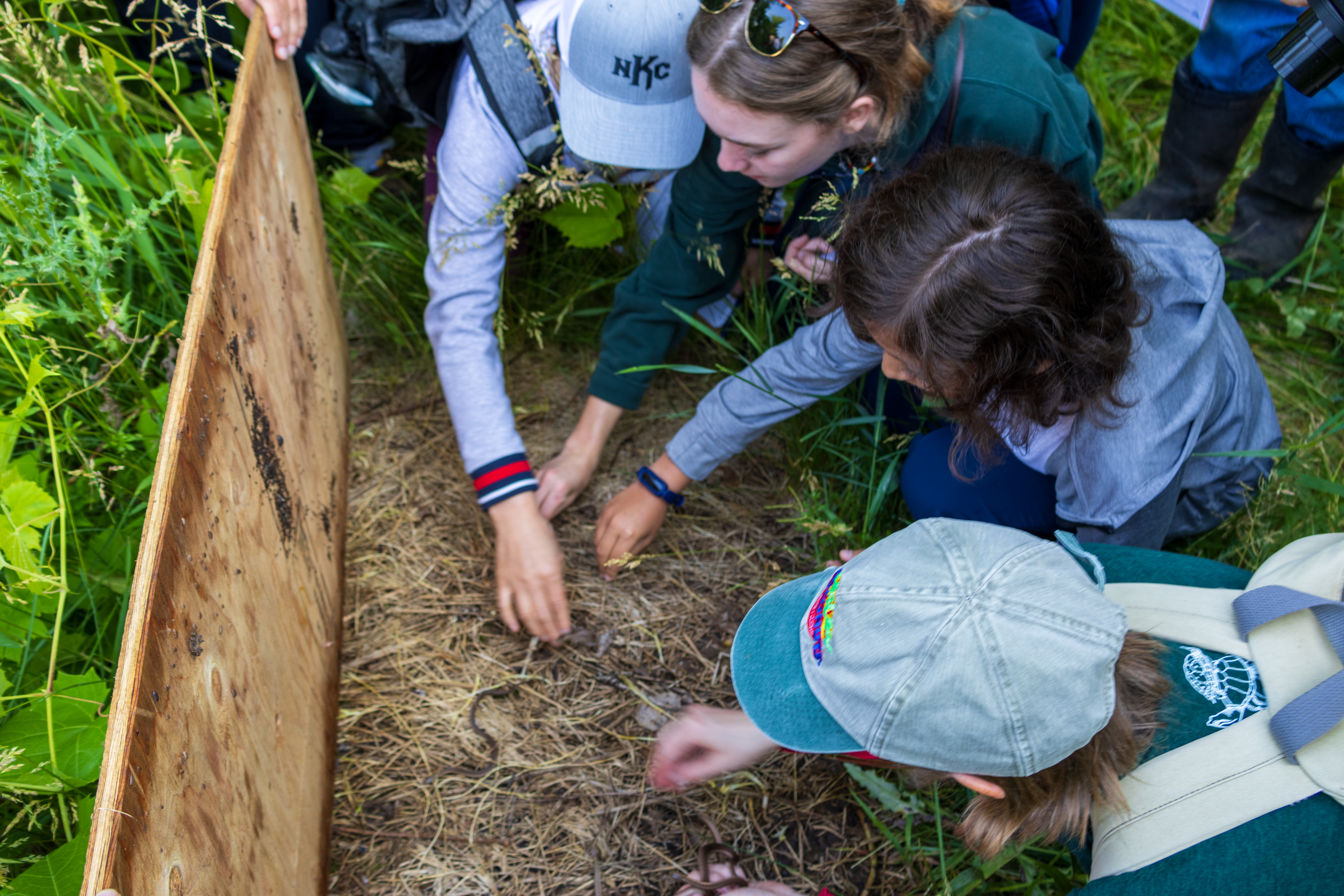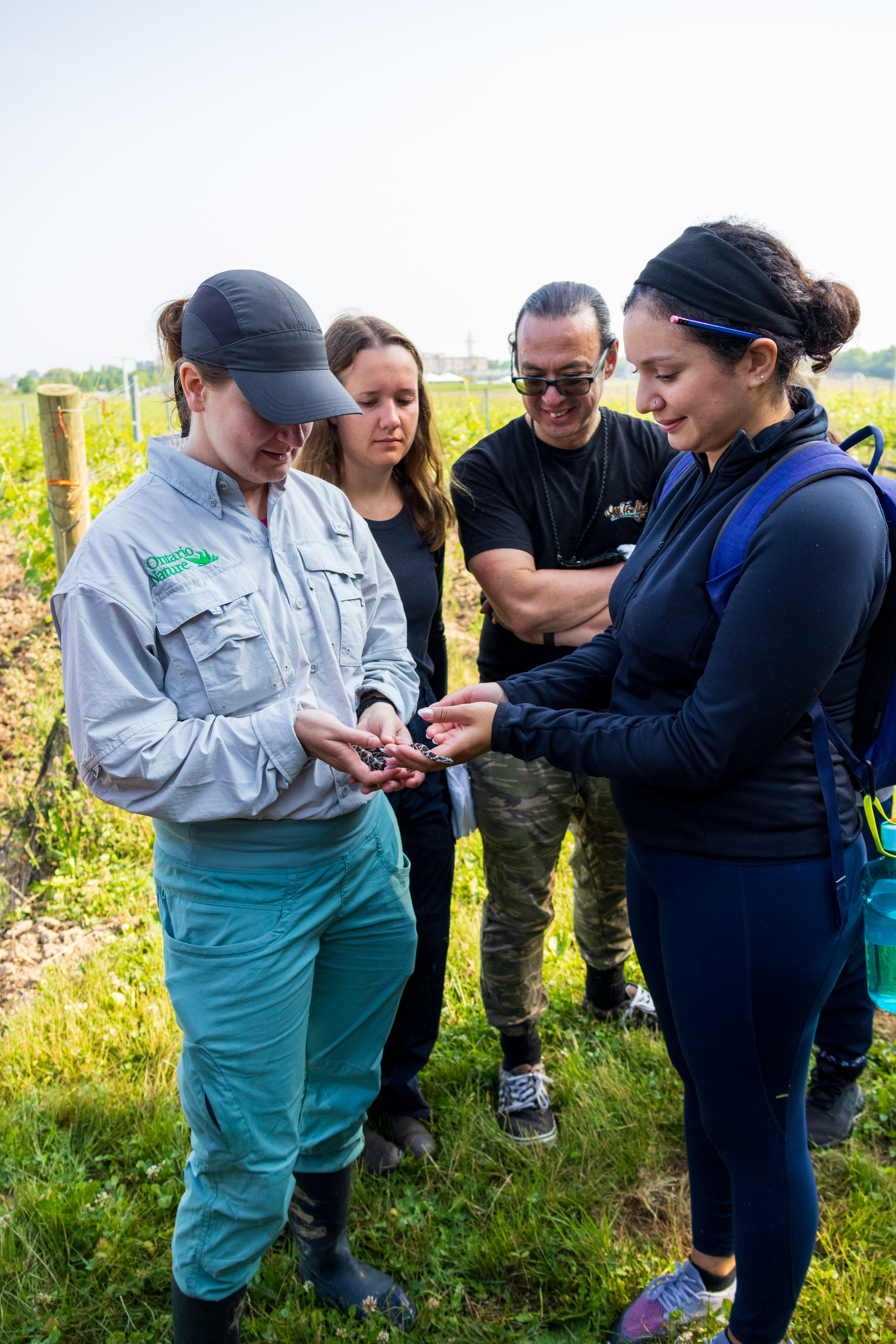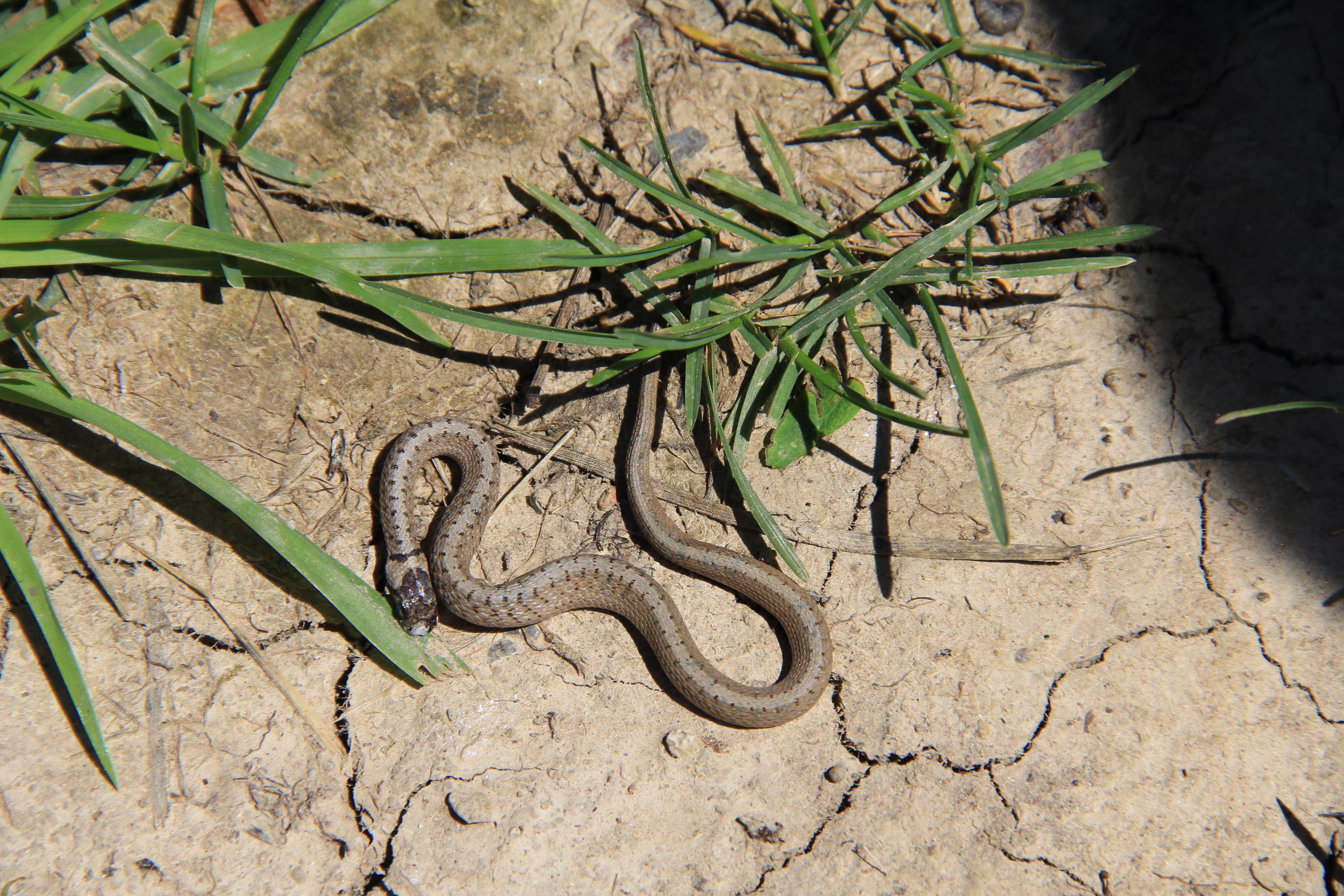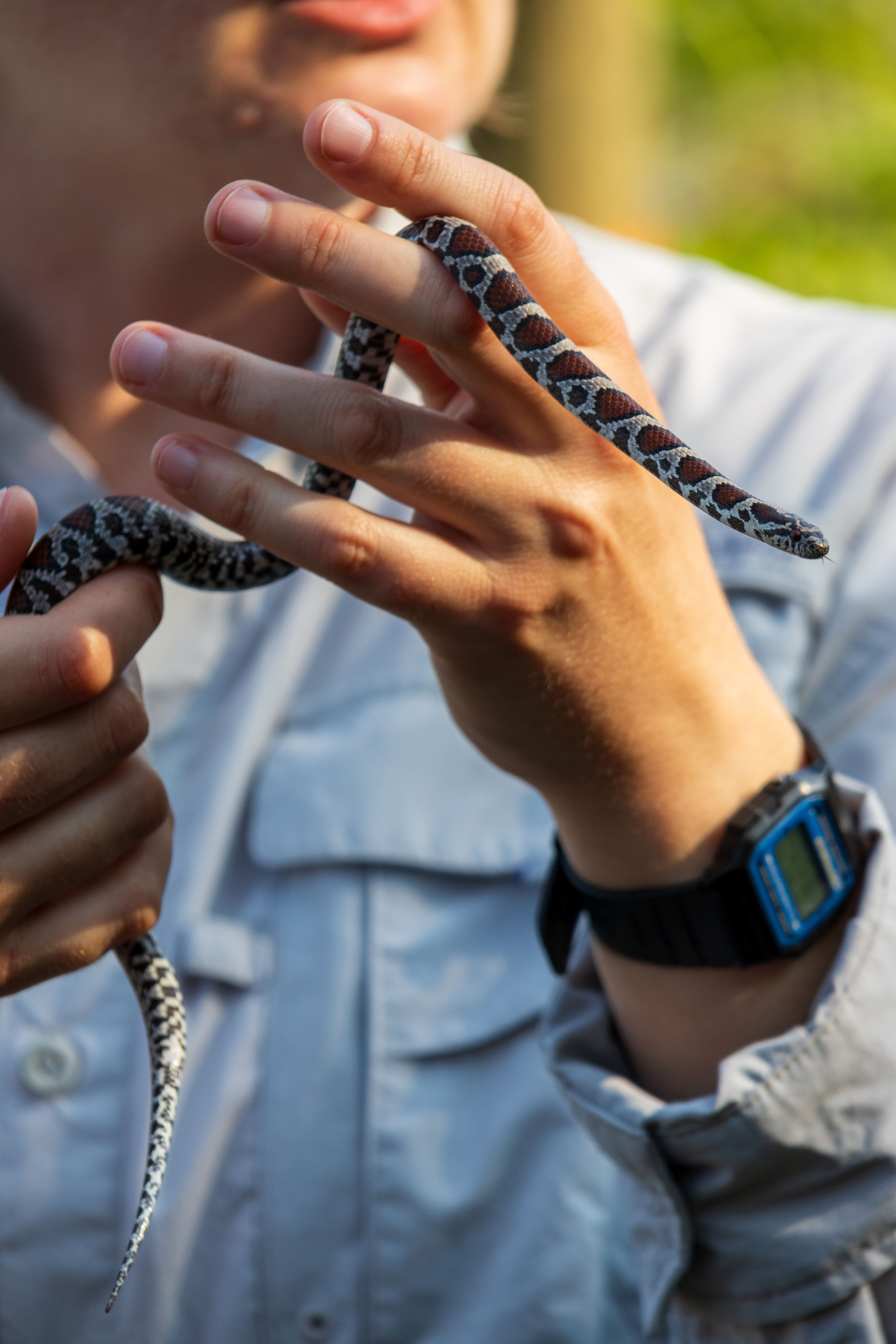Snake Monitoring

What is the Long-Term Monitoring Protocol
The Long-Term Monitoring Protocol (or LTMP for short) is a operating procedure developed by Ontario Nature to monitor snake population trends over a ten year period. Niagara College works with Ontario Nature to provide information about the snakes on campus, including data such as species, age, size, and sex. The Sustainability Office checks our 24 custom made hibernacula (a place where the snakes can hide) each week to see how many snakes are out and records that data for Ontario Nature.
Why are we doing it?

Many of the snakes that live in Ontario are in danger. Ten of the seventeen species native to the province are either Species at Risk or Species of Special Concern. The biggest challenge that we face in helping these snakes is that we have very little data on their population trends which can make conservation efforts extra challenging. That’s why the data we collect is so important to developing a baseline information about snakes so we can make sure we can enjoy these fascinating animals for a very long time.
Meet the snakes!
There are three types of snakes that call our campus home. See if you can spot them!
Eastern Gartersnake

One of the most common snakes in Ontario and on our campus. These snakes vary widely in colour and pattern but tend to be dark green to brown with three stripes, one down the back and one down each side. They can typically range from to 45 to 80 centimetres, with some females growing over a metre in length. These snakes can “musk” when they feel threatened, releasing a foul smelling liquid onto a predator.
Dekay’s Brownsnake

A relatively small snake on campus, growing to only 29 to 33 centimetres. This makes it one of the smallest species found in Ontario. They are brown to light brown in colour with rows of dark spots bordering a faint wide stripe down it’s back. Because of its small size and similar colours, this snake is often mistaken for juvenile gartersnakes in the wild.
Eastern Milksnake

A long, narrow snake that can grow to over a metre in length. They are grey and tan with alternating red or reddish brown blotches outlined by black all along it’s body. The milksnake is a species of special concern in Ontario, facing habitat loss, human persecution, and road mortality. These snakes will sometimes vibrate their tail to mimic the sound of a rattlesnake, and this along with their similar colouration can often get them mistaken for the Eastern Massasauga Rattlesnake.
What should you do if you see a snake?
If you see a snake, the best thing you can do is to leave it alone as long as it is not in danger. Snakes are a naturally shy animal and try to avoid people whenever they can, so just observe them from afar as you enjoy your walk. Handling snakes is something best left to the professionals, as improper handling can cause the snake significant stress, as well as spread dangerous diseases such as Snake Fungal Disease which can lead to the death of a snake. If you spot a snake on campus, reach out to the Sustainability office to let us know when, where, and what snake you saw!